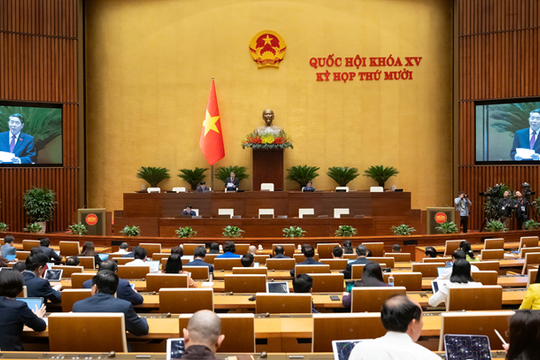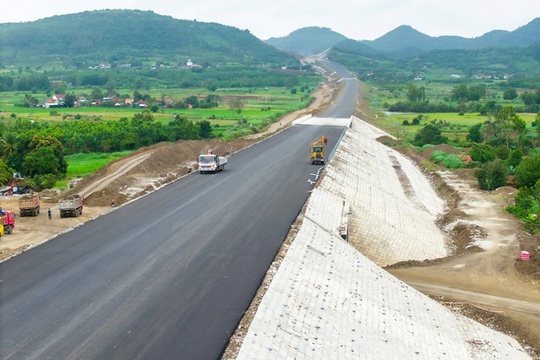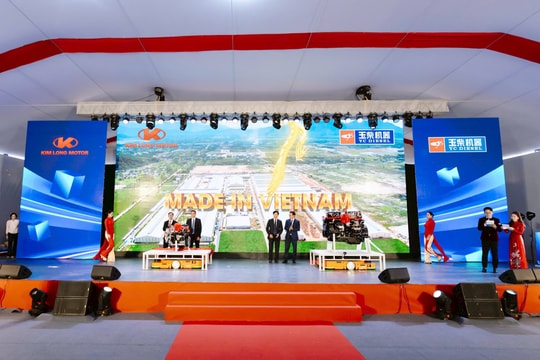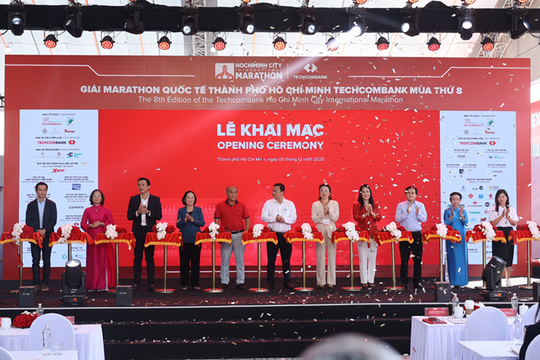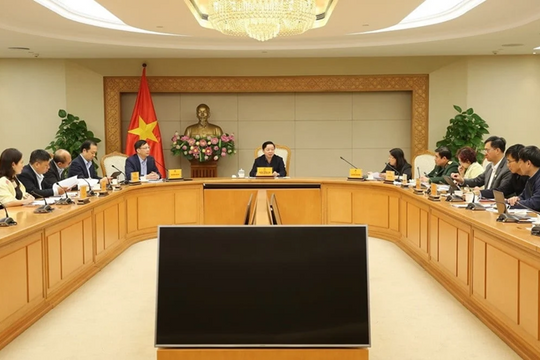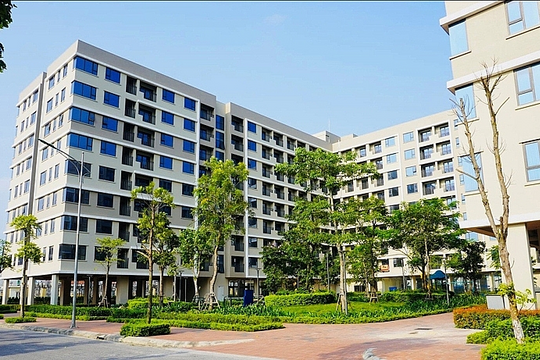.jpg)
.jpg)
New Tariff Agreement: A Breakthrough in U.S.-Vietnam Trade Relations
Following a key negotiation between General Secretary To Lam and President Donald Trump in early July 2025, a significant trade agreement was signed, reducing the tariff between Vietnam and the U.S. from 46% to 20%. This decision will take effect on July 9, 2025, and will bring significant benefits to Vietnam’s export industries. While the tariff for goods transshipped through Vietnam from other countries remains at 40%, products that are fully made in Vietnam will benefit from much lower tariffs, potentially being exempt from tariffs or subject to only a 10% tariff if they can provide clear proof of origin and do not use materials from sanctioned countries.
Impacted Industries and New Opportunities for Vietnam
The new U.S. tariff structure for Vietnamese exports reveals that key industries will face significant changes in export costs. Textiles, footwear, wood and furniture, agricultural products, seafood, electronics, and components will all be subject to additional tariffs, but the basic tariffs will be reduced, enhancing competitiveness in international markets.
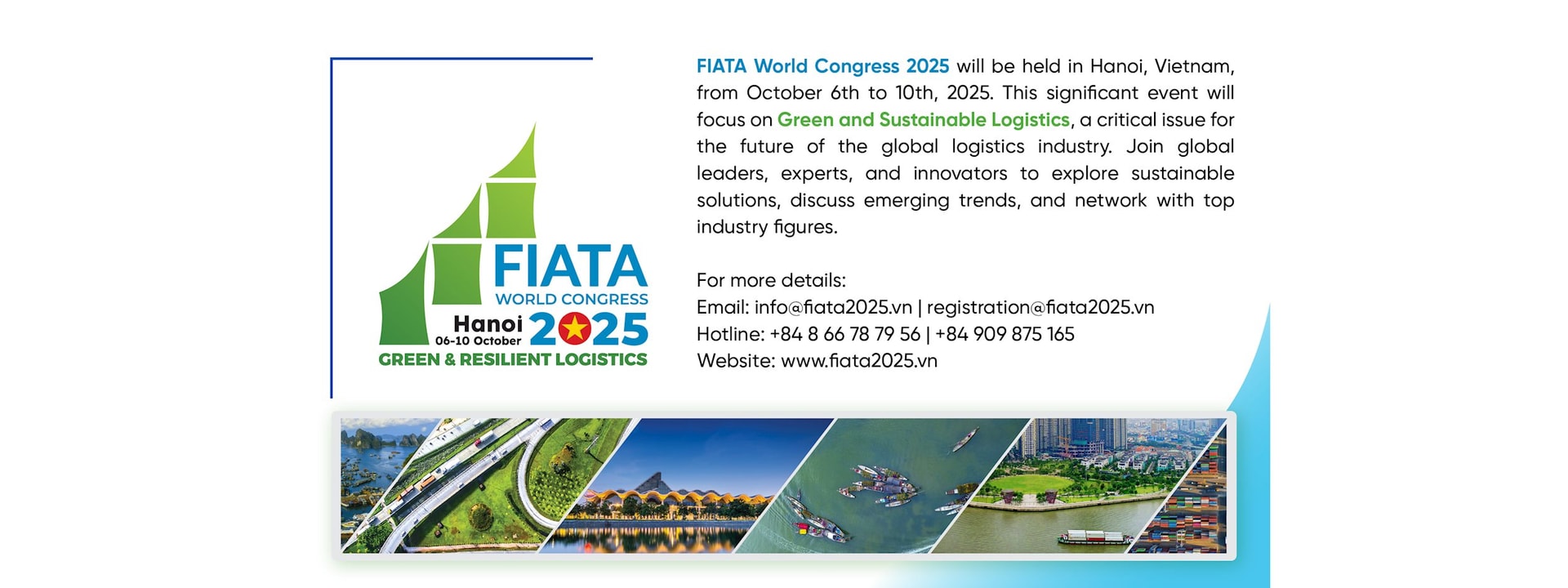

A notable opportunity is that Vietnamese businesses can benefit from the 20% tariff on products directly exported from Vietnam, allowing industries like textiles and seafood to grow even stronger, especially since the U.S. market is one of the largest consumers of these products. Furthermore, if Vietnamese products can prove that they are fully sourced and manufactured domestically, the tariff rate can be reduced to 10%, providing a competitive advantage.
.jpg)
.jpg)
Responding to the New Regulations: Ensuring Origin Rules and Innovating Production Processes
To take full advantage of the new tariff agreement, Vietnamese businesses need to focus on ensuring clear origin rules and strictly complying with new regulations. Products must have legitimate certificates of origin and should not use materials from sanctioned countries like China to avoid being subject to higher tariffs. This requires businesses to upgrade their production processes and ensure transparency in their supply chains.
Additionally, investing in new technology to improve production efficiency and reduce costs will help Vietnamese businesses meet the stringent export standards and enhance competitiveness in the international market.
.jpg)
.jpg)
Challenges and Opportunities from the New Tariff Agreement
Alongside the opportunities the tariff agreement brings, businesses will also face several challenges. The regulations for proving origin, the additional tariffs on goods transshipped through Vietnam, and changes in export strategies will require significant adjustments in business and production strategies.
However, with support from the government and international trade organizations, Vietnam can overcome these challenges. Strengthening investment in logistics infrastructure, improving production processes, and enhancing product quality will help Vietnam maintain its competitive edge in the global market.
Taking Vietnam Further in the Global Market
The signing of the trade agreement with the U.S. marks a significant step forward in the economic relationship between Vietnam and the U.S. Although the trade war continues to pose a significant challenge to global supply chains, with the new tariff agreements, Vietnam can seize the opportunity to expand its market, reduce costs, and enhance its competitiveness. However, for sustainable development, businesses need to focus on improving product quality, enhancing production capabilities, and optimizing export processes. Only by doing so can Vietnam overcome challenges and fully capitalize on the opportunities presented by the rapidly changing global trade landscape.
.jpg)
.jpg)


.jpg)
.jpg)
.jpg)
.jpg)

.jpg)


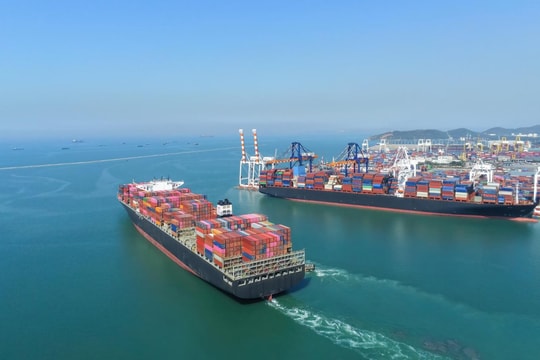

.png)
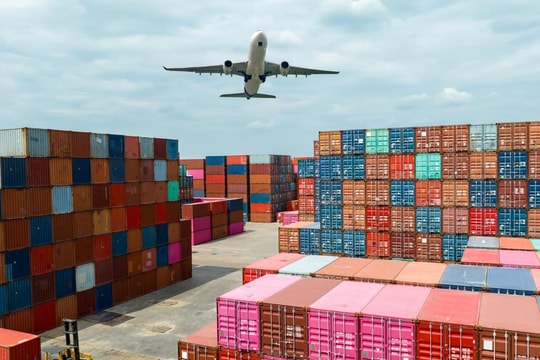

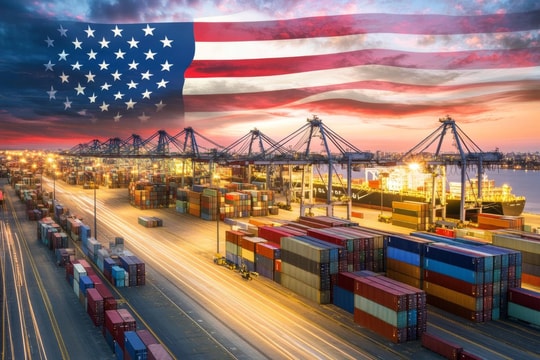
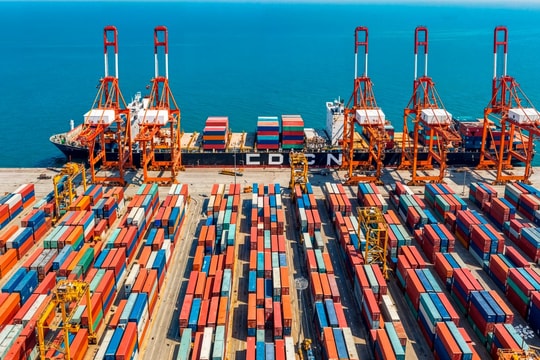
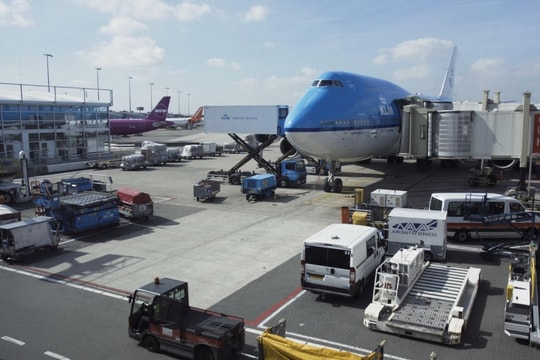

.png)


